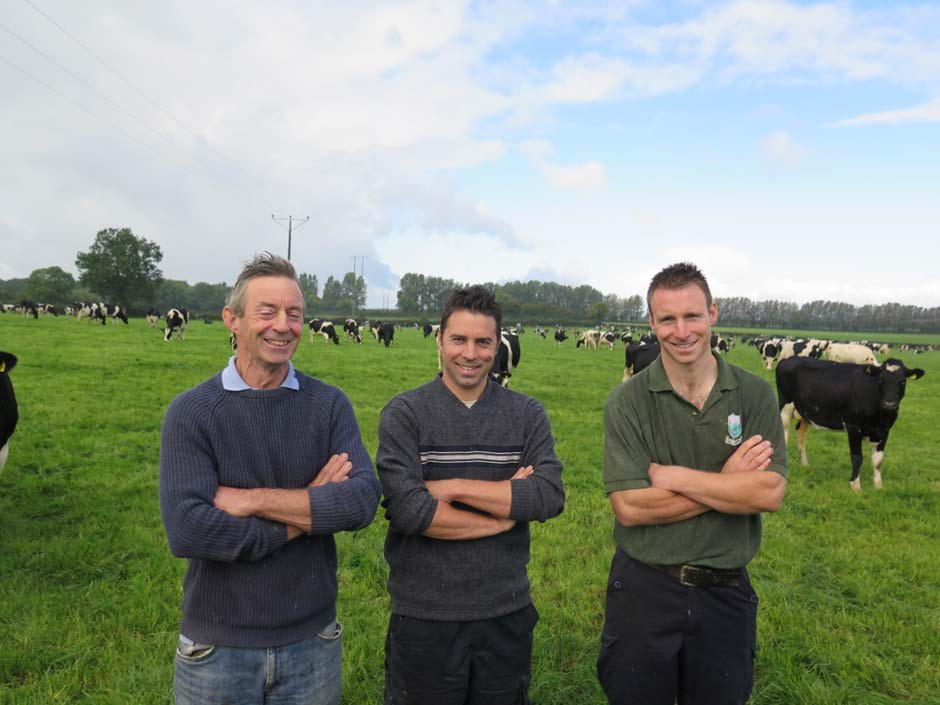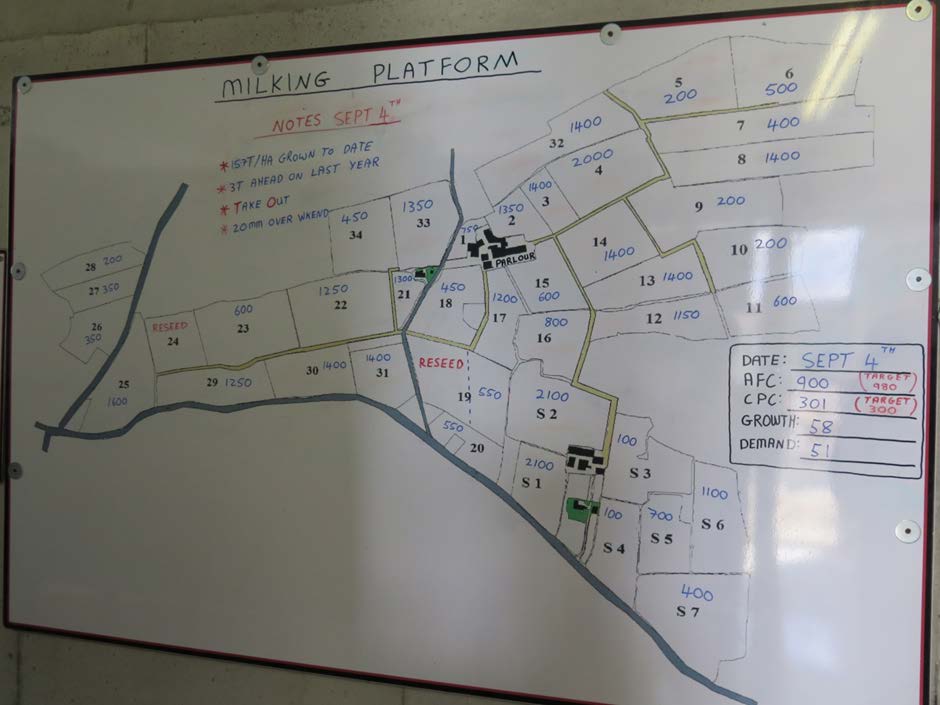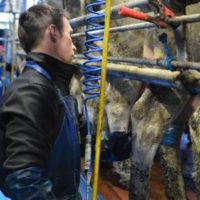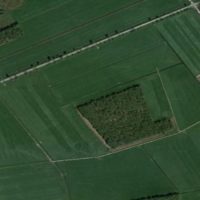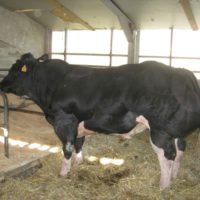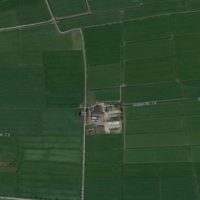Using monocultures to maximise grass output per hectare
Farm: “The Heffernans”
Location: Co. Kilkenny, Ireland
Case study
 Using monocultures to maximise grass output per hectare (.pdf)
Using monocultures to maximise grass output per hectare (.pdf)
Description
Background
- Farm: 200 Ha – 3 blocks
- Home: 132 (95 Ha owned, 37 Ha leased)
- Outside block 1: 23.5 Ha – all leased
- Outside block 2: 37.5 Ha – all leased
The home block is the milking ground.
The outside blocks are used for grazing the replacements and for silage production.
Milk is supplied to Glanbia.
Billy started farming in Caherleske in 1983 having previously qualified as an FAB farm manager and spent 8 years milking 180 cows on a dairy farm in North Kilkenny.
For many years the home block of 45 Ha was farmed as a mixed farm with typically 40 dairy cows, 300/400 breeding ewes, a cattle enterprise and tillage – a mixed farm.
Now the farm is a Dairy Operation and is farmed in a family partnership.
Liam spent a year in Kildalton College, Piltown following which he studied at Clonakilty Agricultural College where he completed a Diploma in Dairy Herd Management. Liam returned home to farm full-time in 2004.
Mark has a degree in Construction Management and Engineering. Mark has also completed an Advanced Cert in Agriculture. Mark returned home to farm full-time in Spring 2011.
- Farm History: Dairying
The farm has evolved overtime and has grown in cow numbers over the last decade to become a dairy farm. This is outlined in the table below.
Detailed description
Growth in cow numbers has being matched with both an increase in land base but also more grass grown on the farm. There has been a 50 % increase in grass production on this farm.
Grass Management
The farm was a monitor farm under the Glanbia joint programme for 3 years from 2008 to 2010. We began measuring grass in 2008 and have continued to do so ever since.
We walk the farm weekly and twice a week in times of high growth. Last year the farm was walked and grass cover was measured 50 times. This information is then entered into the PastureBase Ireland web-based programme. Pre-grazing covers and cover per cow are 2 key figures we use when making decisions.
The weekly farm cover measurements are also marked onto a farm map which is printed on a white board and located on the wall in the Dairy. This is an essential piece of equipment as all members of the family can clearly view the grass supply on the farm every week and the next paddocks to be grazed.
Reseeding Monocultures
As grass is our main feed during the main grazing season, and the primary source of winter forage in the form of grass silage, the low level of reseeding must be addressed. Reseeding must be combined with managing, and where necessary increasing, soil fertility. Ireland will continue to increase milk production and the focus on efficient production of this milk is critical to maintain our industry competitiveness. Teagasc have developed a national grassland database (PastureBaseIreland), and the initial results show that there is huge capacity on Irish farms to grow more grass. The objective of this handbook is to outline the key points in grassland reseeding and to ensure farmers making the investment in renovating grassland get the best possible result.
Why reseed?
Productive grassland farms must have perennial ryegrass dominated swards. Recent Moorepark research shows that old permanent pasture produces, on average, 3 t DM/ha per year less than perennial ryegrass dominated swards. Old permanent pasture is up to 25% less responsive to available nutrients such as nitrogen than a perennial ryegrass dominated sward. Reseeding is a highly cost effective investment. With regular reseeding the grass growth capacity of the farm can be increased substantially and the annual return of investment is large.
Variety choice
The DAFM publish the recommended list, showing the Pasture Profit Index values and agronomic values of the evaluation on the same table (see https://www.teagasc.ie/crops/grassland/pasture-profit-index/).
The Recommended List has evaluated varieties across years and sites and is the only evidence available of the potential performance of grass cultivars in Ireland. Using varieties not on this list is basically poor decision making, as is buying grass seed on price. The varieties you use on the farm, will be there for 8-12 years, choosing to use cheap mixes, with non-recommended varieties will increase the chances of those varieties failing to perform on the farm.
When the decision to reseed is made, the next major decision is selecting the most appropriate grass variety or varieties. The first thing to consider is the primary target use of the field. Is it predominantly grazing or is it generally used as a silage paddock? How much tetraploid should be used? A balance between quality, dry matter productivity and sward density is generally what must be achieved.
The key traits in a seasonal grass based production system are:
- High quality
- High seasonal production
- Good persistency score
Differences between diploid and tetraploid varieties
Tetraploid varieties
- Tall upright growth habit
- Prostrate growth habit
- Create more ‘open’ sward
Diploid varieties
- Create a denser sward with less “open” spaces
- Higher digestibility value
- Generally lower digestibility and yield
Combining diploids and tetraploids in a mixture will create a dense, high quality sward – ensure you select varieties which express high performance in the key traits. Increasing the proportion of diploids on heavier soils is recommended to create better ground cover, however tetraploids should be used on heavy soils. Choosing all dense varieties will compromise DM production and grazing utilisation.
Key points when choosing a variety:
- Decide what the end use is – grazing or silage – formulate based on this
- Focus on the key traits increase the proportion of the varieties with the key traits
- Sow 35 kg/ha (14 kg/ac) of seed
- Less than 7 days range in heading date between varieties
- Grazing specific mixtures
- Varieties exhibiting high seasonal (Spring and Autumn) PPI values
- Varieties with high quality sub index values
- Silage specific mixtures, e.g. 2-cut system
- Varieties which have high silage sub index values
- Ensure proximity of heading dates
- Avoid low silage sub index diploids and poorly persistent tetraploids
Results
Measuring Grass:
- Minimise costs to cope with volatile world markets
- Maximise the proportion of grazed grass in the diet
- Maximise pasture re-growth rates
- Improve pasture quality, feed more grass, and at a higher quality
- Graze more grass in the spring and autumn, shorten the winter period
- Achieve target average farm covers at key times during the year
Method: Eyeballing, Quadrat and shears.
Once you become confident at estimating the quantity of grass in the paddock you can start to estimate it by eye (eyeball) it.
- A 0.5m x 0.5m quadrat is placed in an area that is representative of the amount of grass in the paddock.
- Knock water off the grass before cutting if wet.
- The grass within the quadrat is cut to between 3.5 and 4cm.
The following equation is used to calculate the DM yield in the paddock:
- Weight of grass (kg) x grass DM% x 40,000 = kg DM/ha in the paddock
Example: Grass cut within the quadrat weighs 200g (0.200 kg)
(Remember to subtract the weight of the empty bag) Grass DM% = 16% (0.16) 0.200 kg x 0.16 x 40,000 (there are 40,000 quadrats in a hectare) = 1,280 kg DM/ha.
Adoption criteria
Discussion Groups
We are active members of our local discussion groups, the Castlehale Discussion Group. Billy was a founding member of the group over 30 years ago. We have benefitted enormously from interaction with other group members and by learning/taking new ideas when visiting other members’ farms.
We are also members of the ‘Grass 2 € ‘grass group. This group is made up of members of our local group together with members of other neighbouring groups. Also while the farm was a monitor farm it was used as a host farm to run 2 grass courses (each attended by 15-20 farmers) over a number of months in each of 2009 and 2010.
We would like to thank our Teagasc advisor Michael Freaney for all his support to us over the years as well as running the local discussion group. We are delighted to have been awarded this prize and would like to thank everyone who has been part of organising the walk today.
Future prospects
Increase grass production per hectare in the future. Achieve more grazing rotations per paddock per year and increase the profitability of the system going forward.

